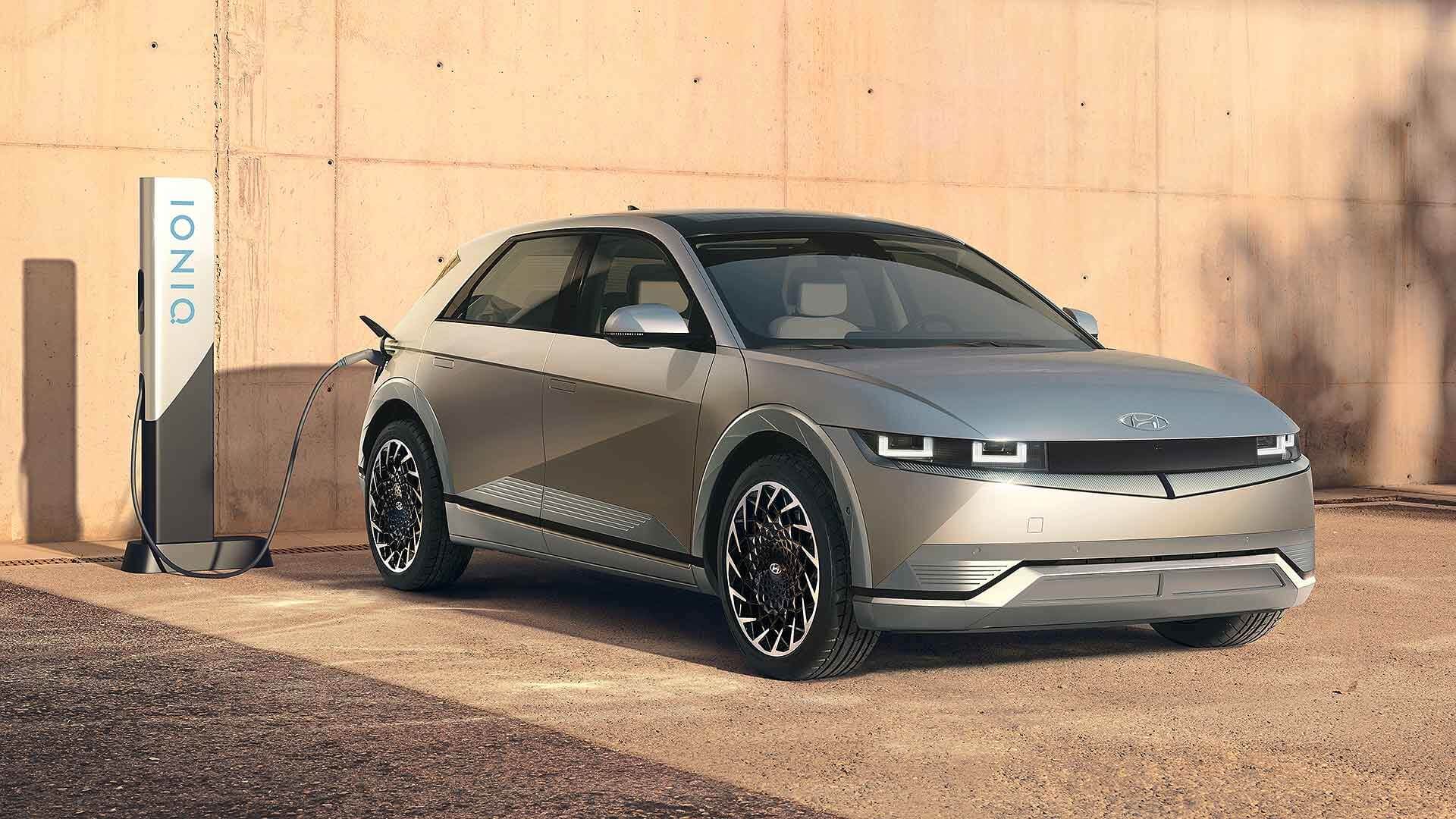
Hyundai Reveals New Ioniq 5 Midsize Electric Car
Hyundai has revealed the new Ioniq 5 midsize crossover electric vehicle; a premium model it hopes will take on Audi, BMW and Mercedes-Benz rivals.
It will launch in the UK in mid-2021, with prices to be confirmed, but likely upwards of £45,000. Built on an extended three-metre wheelbase, the firm is promising a particularly spacious interior, one that benefits from a flat floor throughout.
It has a movable centre console with built-in charging sockets, plus aircraft-style reclining electric front seats. The retro-themed design is inspired by the original Hyundai Pony, which was the company’s first car to be imported into the UK back in 1977.
It was previewed by the 45 EV concepts shown at the 2019 Frankfurt Motor Show. The styling of the 4.6-metre long Ioniq 5 (it’s similar in length to a Volvo XC60, but not as tall) is sharp, angular and geometric. Innovative Parametric Pixel lights feature front and rear, and 20-inch wheels are the biggest ever fitted to a Hyundai EV.
Inside, the modern dashboard features two widescreen 12.0-inch displays and a simple, minimalist appearance. Many of the materials, including the seats and door trim, are made from recycled materials.
A head-up display uses augmented reality. The Hyundai Ioniq 5 is offered with two batteries, either a 58 kWh or 72.6 kWh pack. There are two motor options, too single-motor rear-wheel drive, or dual-motor all-wheel drive.
The most powerful 305hp option can do 0-62mph in 5.2 seconds.Maximum range with the single motor option paired with the largest battery will be just under 300 miles, estimates Hyundai.
Ioniq 5 can also use ultra-fast 400v and 800v charging infrastructures. Via a 350 kW charger, it will charge from 10 percent to 80 percent in 18 minutes.
Adding enough charge for 60 miles of range will take five minutes. It’s also a ‘charger on wheels’ and ‘V2L’ functionality delivers 3.6 kW of power to charge devices such as electric bicycles or camping equipment.
There’s an additional V2L port on the outside: Hyundai will sell a converter so customers can use the car’s batteries to charge high-power electric devices.

